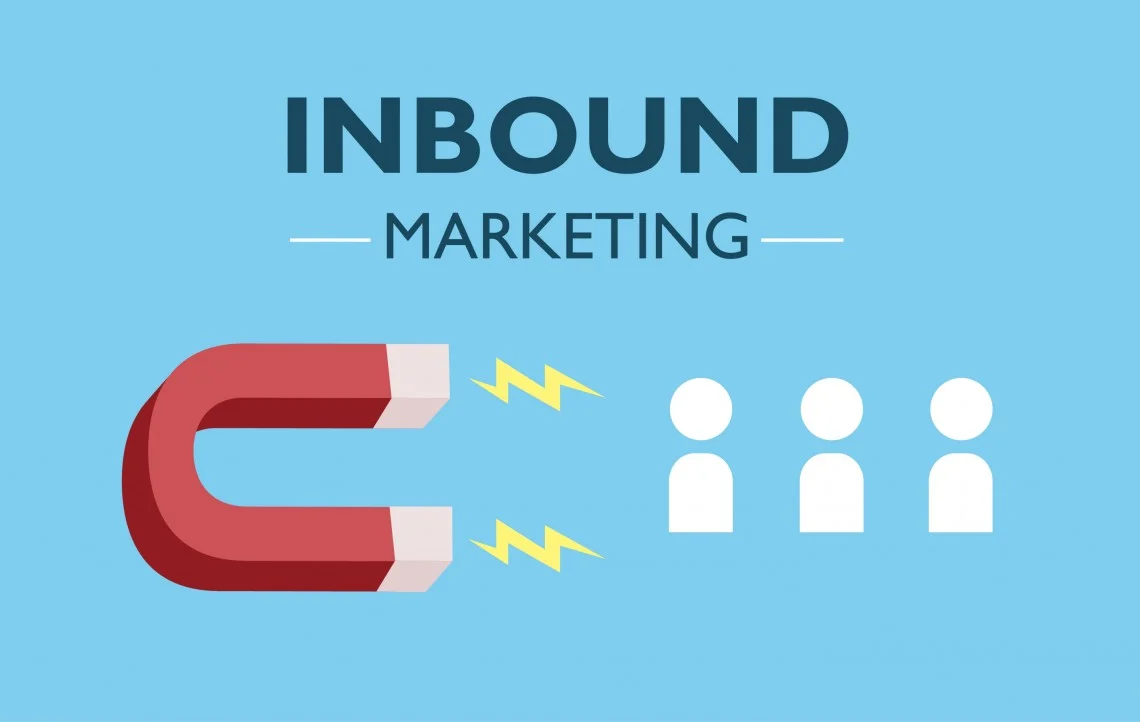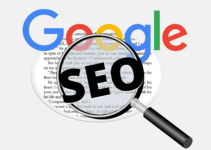In this article we have featured Inbound marketing, in simple terms, is the process of helping potential customers find your company. This frequently happens before the customer is even ready to make a purchase, but making contact early can turn into brand preference and, ultimately, leads and revenue.
Inbound Marketing Explained:
Inbound marketing is a strategy that utilizes many forms of pull marketing—content marketing, blogs, events, search engine optimization (SEO), social media, and more—to create brand awareness and attract new business.
Whereas outbound marketing seeks out customers, inbound marketing focuses on visibility, so potential buyers come to you. Instead of “renting attention,” companies employing inbound marketing focus on new methods geared toward building awareness, developing relationships, and generating leads.
These methods make you attractive to customers because they don’t make people feel like they’re being sold to. The content provided by inbound marketing is educational, entertaining, and welcomed by consumers.
When done correctly, inbound marketing can return dramatically better results than traditional marketing that disrupts prospects rather than giving them an open invitation to engage.
When consumers find your company this way, it has a stronger influence on their future marketing decisions and their feelings toward your business in general. The best part? Inbound marketing consists of entirely organic leads, so it relies on brains rather than budget.
Inbound Marketing Features
Inbound marketing is the modern age of digital marketing that is transforming how businesses reach and interact with their customers. It’s a way of attracting people to your business organically, rather than “interrupting” them through ads. It works by creating valuable content that appeals to potential customers and draws them in, while also providing a level of personalization by leveraging tools such as customer segmentation and customer data.
At the heart of inbound marketing are its features. The following are key features that any successful inbound marketing strategy should consider:
1. Content Creation: Content creation is the cornerstone of an effective inbound marketing campaign. You need to create content that is appealing, informative, and relevant to your target audience, whether you’re writing blog posts or crafting video tutorials. Quality content attracts more attention from potential customers and helps you stand out from competitors.
2. SEO Optimization: Optimizing your website for search engines can give you an edge over competitors who don’t optimize their web pages for SEO queries. Utilizing keyword research, meta tags, and title tags can help improve your organic rankings on Google and other major search engines like Bing or Yahoo!
3. Social Media Engagement: Social media engagement can be one of the most powerful tools when it comes to reaching new audiences and building relationships with existing customers.
By engaging with followers on social networks such as Facebook, Twitter or LinkedIn you can increase brand awareness, establish yourself as an industry expert, and drive traffic back to your website through sharing content natively on each platform.
4. Lead Nurturing & Conversion: Once visitors have been attracted to your website through great content they should be encouraged to take action i.e., fill out a contact form or sign up for a newsletter subscription — this is known as lead nurturing or conversion optimization.
Lead nurturing involves personalizing messaging based on user behavior; for example, if someone visited one page but didn’t complete a purchase then follow-up emails could offer discounts or further information about the product being sold before another purchase decision needs to be made
Overall inbound marketing is quickly becoming one of the most important elements of any digital marketing strategy due its focus on utilizing quality content and engaging with users directly rather than just interrupting them with ads.
Its features allow businesses to build trusting relationships with consumers which drives sales conversions and long-term loyalty.
Common Problems that Inbound Marketing Can Solve
When it comes to implementing a long-term strategy, inbound marketing is an investment that will help you increase brand awareness, preference, and ultimately, revenue.
- Problem: I need to increase my brand awareness. Up to 93% of buying cycles start with an online search. If your company appears at the top of search results or is active on a searcher’s social network, you can organically increase your brand awareness. To do that, you must make sure you have the right content and messaging in place to show up in these key inbound channels.
- Problem: I want to improve my brand preference. By educating, entertaining, and interacting with potential customers before they are thinking about making a purchase, you build trust and increase the likelihood that they will choose you when they are ready to buy. Never underestimate the impact of becoming a familiar face.
- Problem: I need to generate more leads but have less to invest. Inbound marketing is a long-term investment that builds on itself over time. Your results will multiply many times over as you become more adept at creating and curating content that naturally attracts organic leads.
- Problem: I’m not sure I have the staff or budget to do inbound marketing. Like many things, the more you put into inbound efforts, the more you’ll get out of it. But, if you have a good strategy in place that outlines key themes, content, and distribution, you can make sure to avoid wasted efforts.
Quick Links
- Strategies For Digital Marketing That Really Work
- How To Start A Digital Marketing Agency With No Experience
- How to Build Trust in Relationships with Content Marketing
Conclusion: What Does Inbound Marketing Mean?
Delighting inbound strategies ensure customers are happy, satisfied, and supported long after they make a purchase. These strategies involve your team members becoming advisors and experts who assist customers at any point in time.
Incorporating thoughtful, well-timed chatbots and surveys to assist, support, and request feedback from customers is a great way to delight these people. Bots and surveys should be shared at specific points in time throughout the customer’s journey to ensure they make sense and are of value.



